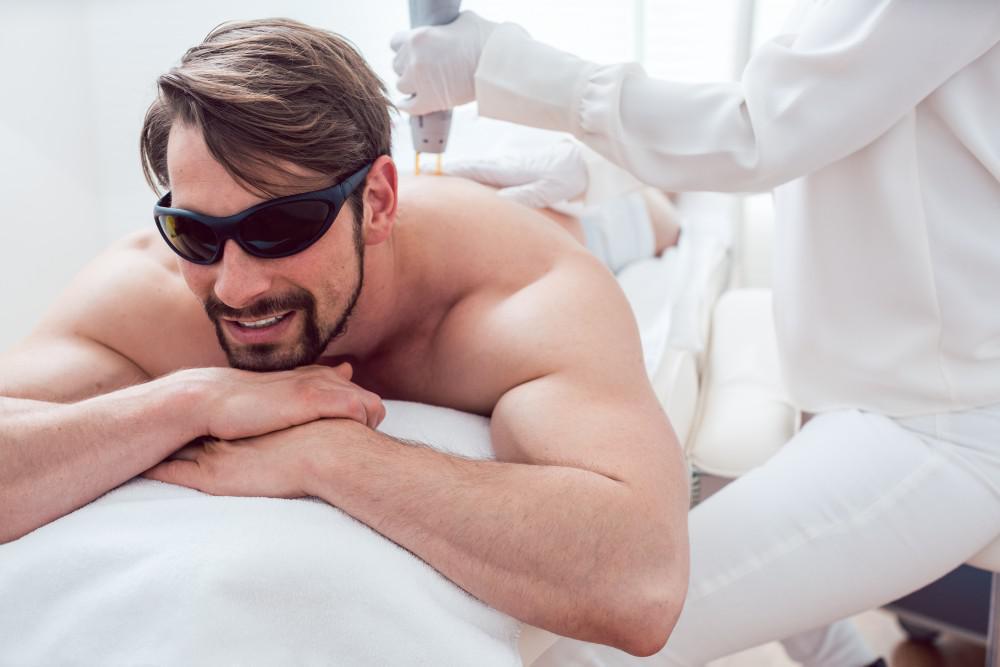
Different environmental factors have different effects on your skin. Some materials, for example, can cause the tissue to break down or a build-up of fluids in your skin. Others, like tar and oil, can clog your pores, resulting in folliculitis and acne.
Other factors can lead to pigmentation changes, burns, and bacterial infections. Exposure to insulation and other building materials, and even aerosols can result in dry skin and irritation.
Then there are physical factors like the sun, cold, and heat that can call cause their own damage if you don’t look after your skin. So, if you’re not a fan of heat, you might want to avoid it. Exposing your skin to hot and humid environments can lead to irritation. When you sweat, perspiration gets trapped in the sun and results in heat rashes, blisters, and clogged pores.
On the other end of the scale, cold environments and low humidity cause dandruff, dry skin, and sometimes even frostbite.
Dry environment for healthy skin
Even if you only ever traveled a couple of hours from home, you’ve probably noticed changes in your skin. Dry desert heat, for instance, may have cleared up your acne, or you experienced a major breakout in a humid climate.
For most people, the skin adapts to the environment they live in. But it doesn’t mean your complexion is radiant and clear – that often requires regular treatments and use of products to achieve glowing, healthy skin.
It depends on your skin type
Here’s something to think about, though; there isn’t a universally ideal environment for your skin. It all depends on your skin type. For instance, if you suffer from eczema or dry skin, your skin is more likely to do well in humid conditions, which helps the skin lock in moisture.
On the other hand, if you suffer from an oily complexion, the perfect environment for you is a dry one. After just a few days in a dry area, people with oily skin notice fewer breakouts. Many even report that their skin feels “normal” and they’re able to use moisturizer more regularly.
People with sensitive skin should stay away from polluted environments since fumes and smog agitate the skin.
If you are a rosacea sufferer, stay away from sunny conditions. The UV light and heat cause blood vessels to dilate, leading to inflammation and redness.
How about Hawaii?
Honolulu boasts an average of 278 days of sun every year. Yet, this city is the perfect environment for your skin. The pollution levels are exceptionally low and there are zero high-ozone days. What’s more, Hawaii’s humid environment can benefit dry skin.
There’s no one size fits all solution
There’s no perfect environment for perfect skin, which is why it’s important to determine your skin type and adjust to the climate you live in. Everybody can benefit from using a humidifier indoors. When you run heaters or air conditioners, the ambient humidity inside is low, and that means your skin dries out. Using a humidifier can create a better balance in your environment and in your skin.
What’s more, whether you have dry skin or are prone to oily pores, it’s a good idea to seek out treatments targeted to your skin type that will help lock in nourishment and moisture, treat problem areas, and keep signs of aging – like fine lines, wrinkles, and pigmentation – at bay.
Book your personalized skin care treatments today at ENVY Skin Clinic.











